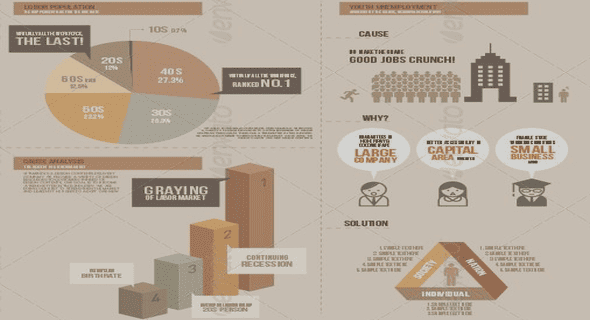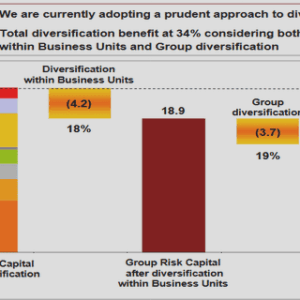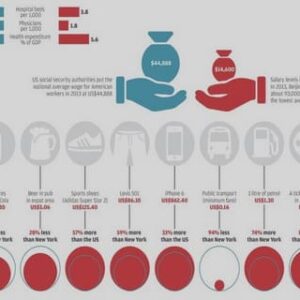(Downloads - 0)
For more info about our services contact : help@bestpfe.com
Table of contents
CHAPTER 1 An introduction to the dissertation
1.1. Introduction and problem statement
1.2. Societal context
1.2.1. The importance of place-based marketing in a global context
1.2.2. Regionalisation and decentralisation processes in Europe and Morocco
1.2.3. The Mediterranean area and its rich food heritage
1.3. Theoretical context
1.3.1. Place marketing and branding: origin, state-of-the-art in literature and critics
1.3.2. Regional studies
1.3.3. The sociology of local food, rural sociology and embeddedness
1.3.4. Conceptual diagram: linking marketing, regional studies and sociology
1.4. Objectives and research questions
1.5. Methodology
1.5.1. Choice of the research areas
1.5.2. Case study design
1.5.3. Data collection and analysis
1.6. Thesis outline
CHAPTER 2 How to capture place brand equity? The case of Sud de France
2.1. Introduction
2.2. Theoretical background
2.3. Methodology
2.4. Main results: the Sud de France case
2.4.1. Origin, objectives and strategy of the brand
2.4.2. Governance structure and stakeholders involved
2.4.3. Brand effects
2.5. Analysis of the case study and discussion
2.6. Conclusion
3 What kind of value for place brands? A stakeholder approach
3.1. Introduction
3.2. The value of brands
3.3. From identifying place brand stakeholders towards a monitoring tool
3.4. Methodology
3.5. Results
3.5.1. What kind of indicators for place brand value?
3.5.2. The value of place brands for residents and consumers
3.6. Discussion: monitoring place brand performances
3.7. Conclusion
CHAPTER 4 Place branding, embeddedness and rural development: Four cases from Europe
4.1. Introduction: valorising rural assets
4.2. Endogenous development and place branding
4.3. Place branding
4.4. Branding and embeddedness
4.5. Methodology
4.6. Four cases of regional branding from Europe
4.6.1. Produit en Bretagne (PeB)
4.6.2. A taste of West Cork (ToWC)
4.6.3. Sud de France (SdF)
4.6.4. Echt Schwarzwald (ES)
4.7. Comparison and analysis of the cases
4.8. Discussion and conclusions
CHAPTER 5 Co-creating territorial development and cross-sector synergy: A case study of place branding in Chefchaouen, Morocco
5.1. Introduction
5.2. Policy frameworks for development in France and Morocco
5.2.1. France
5.2.2. Morocco
5.3. Linking public policy to place branding
5.4. Methodology
5.4.1. Case study of territorial development
5.4.2. Data collection
5.4.3. Research location
5.5. Co-creation in Chefchaouen
5.5.1. The sequence of events leading to a place branding project in Chefchaouen
5.5.2. Examples of joint actions building a territorial image of Chefchaouen
5.6. Analysis of the case study
5.7. Discussion
5.8. Conclusion
CHAPTER 6 Results, discussion and conclusions
6.1. Introduction: the aim of the study
6.2. Main findings
6.3. Conceptualising and theorising collective place brands
6.3.1. The collective place branding concept
6.3.2. Conditions, dynamics and processes of collective place branding
6.3.3. Assessing territorial development outcomes of collective place brands
6.4. Methodological implication: case study approach to collective place brands
6.5. Practical implications for development policies and place brand management
6.6. Suggestions for further research
6.7. Conclusion
References
Summary



